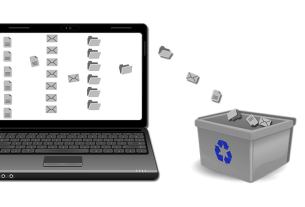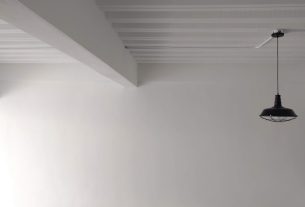Many people struggle with disorganized living spaces due to factors like lack of storage, poor planning, emotional attachment, procrastination, and fear of letting go. Recognizing these causes is key to transforming chaos into order. Effective strategies include sorting items by joy or purpose, grouping similar items, using tailored storage solutions, regular maintenance, and establishing long-term habits. Maintaining order requires creating designated zones, simple storage like baskets and labeled shelves, weekly decluttering using the 50/30/20 rule, and involving all family members in age-appropriate tasks. Adapt methods as life changes for a clutter-free home.
Taming chaos in your living spaces is a journey towards a calm and efficient home. This article guides you through the process of organized living, starting with recognizing the roots of disorganization. We explore practical strategies to transform your space, from initial decluttering to sustainable organization techniques. By implementing these tips on home organization and decluttering, you’ll not only gain control but also create an environment that promotes peace and productivity.
- Understanding the Chaos: Recognizing the Roots of Disorganization
- Practical Strategies for Transforming Your Space
- Sustaining Order: Long-Term Tips for Home Organization and Decluttering
Understanding the Chaos: Recognizing the Roots of Disorganization
Many people struggle with disorganized living spaces, often characterized by a pervasive sense of chaos. Understanding the roots of this disorganization is the first step in achieving home organization and decluttering. Often, clutter accumulates due to lack of storage solutions or poor space planning, leading to a constant state of disorder.
Psychological factors also play a significant role. Emotional attachment to items, procrastination, and fear of letting go can contribute to excessive hoarding. Recognizing these patterns is crucial for addressing the chaos. With a clear understanding of the underlying causes, individuals can begin to implement effective strategies for organizing their spaces and adopting more mindful consumption habits.
Practical Strategies for Transforming Your Space
Practical strategies for transforming your space involve a combination of decluttering, categorizing, and storing items effectively. Start by sorting through each item in your possession, deciding whether it sparks joy or serves a purpose. If it no longer does either, consider donating or recycling it to make room for what truly matters. Next, group similar items together—clothes, books, papers, etc.—and create designated zones within your home for each category. This approach not only simplifies finding things but also prevents clutter from creeping back in.
Invest in storage solutions like baskets, boxes, and shelves tailored to your space and needs. Clear, transparent containers are particularly effective as they allow you to see what’s inside without having to label everything. Regularly maintaining your organized space is key; set aside a few minutes each day or week to put things back in their place, empty trash, and revisit any items that may have accumulated. By adopting these practical strategies, you can achieve and maintain a calm, clutter-free home environment through effective home organization and decluttering.
Sustaining Order: Long-Term Tips for Home Organization and Decluttering
Maintaining order in your living spaces is a continuous process, but establishing long-term habits can make it easier to keep things organized and clutter-free. The key to successful home organization and decluttering lies in creating a sustainable system that works for you. Start by defining specific areas or categories within your home that require regular attention, such as the kitchen counters, entryways, or bedrooms. Implement simple storage solutions like baskets, bins, and labeled shelves to designate spaces for items, ensuring everything has its place. Regularly scheduled decluttering sessions are essential; set aside time each week or month to go through possessions and let go of what no longer serves you.
Incorporate the 50/30/20 rule as a guide: keep 50% essential daily items at hand, organize 30% into designated storage, and consider getting rid of 20% that you haven’t used in years. Additionally, involve every family member in maintaining order by assigning age-appropriate tasks, fostering a sense of responsibility and ownership over the shared living environment. Remember, consistent effort and adaptability are vital; as your life changes, so should your organization methods, ensuring a harmonious and clutter-free home for years to come.
Taming chaos and achieving organized living spaces is a journey that begins with understanding the roots of disorganization. By recognizing the factors contributing to clutter, one can implement practical strategies for transformation. Through a combination of clever storage solutions, minimalism practices, and consistent maintenance, it’s possible to sustain order over time. Embrace the power of Home Organization and Decluttering as a lifelong process that not only streamlines your environment but also enriches your daily life.



